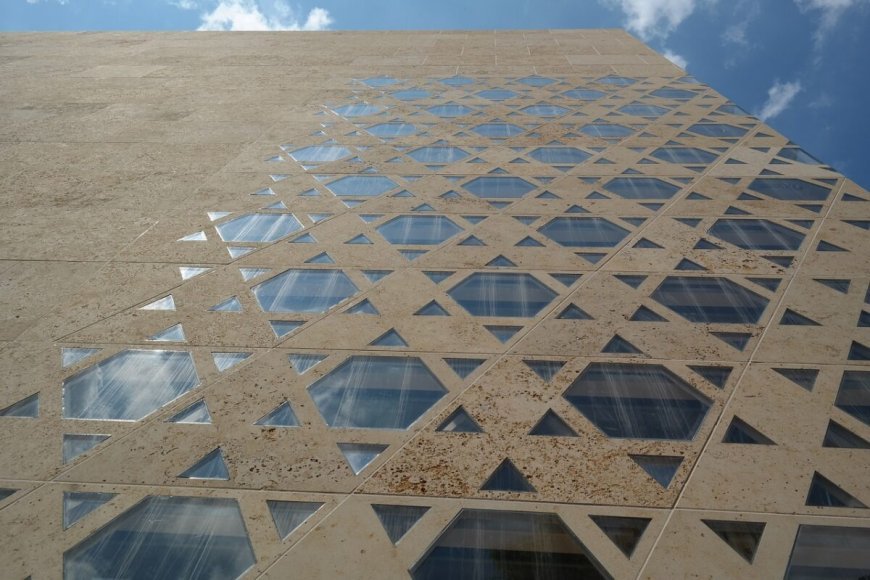From heritage to opportunity: Reimagining synagogue property
Rabbi Joshua Rabin brings up an interesting point in his July article for eJewishPhilanthropy, “Conservative Judaism must slay its zombies,” when he states that “our assets remain too tied up in dirt and insufficiently in people.” It’s true that sometimes we focus more on the binyan (building) and less on the minyan. Many of the... Read More


 Hans from Pixabay
Rabbi Joshua Rabin brings up an interesting point in his July article for eJewishPhilanthropy, “Conservative Judaism must slay its zombies,” when he states that “our assets remain too tied up in dirt and insufficiently in people.” It’s true that sometimes we focus more on the binyan (building) and less on the minyan.
Hans from Pixabay
Rabbi Joshua Rabin brings up an interesting point in his July article for eJewishPhilanthropy, “Conservative Judaism must slay its zombies,” when he states that “our assets remain too tied up in dirt and insufficiently in people.” It’s true that sometimes we focus more on the binyan (building) and less on the minyan.Many of the synagogues in the U.S. were built after World War II, when we saw the growth of the Jewish population and the movement of Jewish communities to the suburbs. These buildings are aging, and that means that most of our long-established synagogues need to invest in their buildings to keep them operational, safe and compliant with evolving Americans with Disabilities Act requirements.
As we approach the High Holy Days, what metrics will synagogue leadership use to determine the future of their congregations and their facilities? For years, synagogues grappling with financial issues have focused on changing up programs and rabbis and soliciting new donors to address their financial woes. But have synagogue leaders taken a hard look at their largest asset and asked if it is maximizing its potential — or becoming a liability?
Before the High Holy Days, synagogue boards should discuss the number of Jews they need in pews to maintain sustainability. Now is the time to identify goals for attendance and financial support instead of waiting until after the holidays to look at the data and discuss whether attendance and donations were consistent with expectations. Key performance indicators set before the holidays will help inform rational post-holiday decisions.
If, after the Kol Nidre appeals are collected and the High Holy Days are behind us, financial sustainability looks like a potential issue — and all the more so if it is a sure thing — it is time to focus on the synagogue building and ask some difficult questions.
Is the synagogue in an area that is no longer home to a synagogue-attending Jewish community? Is the layout of the building inappropriate for our more egalitarian era? Are design elements like high ceilings making people feel less welcome? Are you only using a part of your building and therefore heating, cooling and insuring an underutilized asset? Are the capital expenses far exceeding your ability to support them? Have you thought about renting out the facility during the days a week you aren’t using it to gain additional revenue? Has the real estate value been checked in the last three to five years? Should you consider selling the building and renting a space for your congregation, and then allocating some of the proceeds of the sale toward improving your Hebrew school programming, antisemitism education or other communal offerings? Should you consider merging with another synagogue, or sharing a location in order to share expenses? Is there a need in the community, like for low-income or senior housing, that you could help solve if you sold your property or repurposed at least some of your real estate? Can Hebrew school be located somewhere else for a net financial gain? Have you explored selling your property and leasing it back? Once these questions are out in the open and a decision is made to at least look into repurposing or selling the property, it is time to consult with brokers, lawyers and other consultants to guide the process. There are organizations and professionals who can help. The key though is that synagogue leaders have to take the first step and ask the questions that reorient a congregation’s physical assets as a potential tool for solving its financial problems.
Here is where philanthropists and federations can help. Grants that assist synagogue leaders in analyzing their synagogue’s continued viability and property value before more money is dumped into aging buildings — or even worse, they are faced with unsupportable deficits or mortgages — will be money well spent. Third-party moderators prepared to facilitate the conversations described above could help keep the discussion from becoming too emotional. Finally, communal incentives encouraging facility sharing and repurposing buildings for community service providers like senior housing, mental health clinics or food pantries will benefit more people in the long term than empty synagogues.
Let this Rosh Hashanah be a time of personal and institutional reflection and planning.
Karen Kolodny is the former CEO of the JCC Mid-Westchester in Scarsdale, N.Y., and a consultant in the Jewish nonprofit sector.
What's Your Reaction?




















